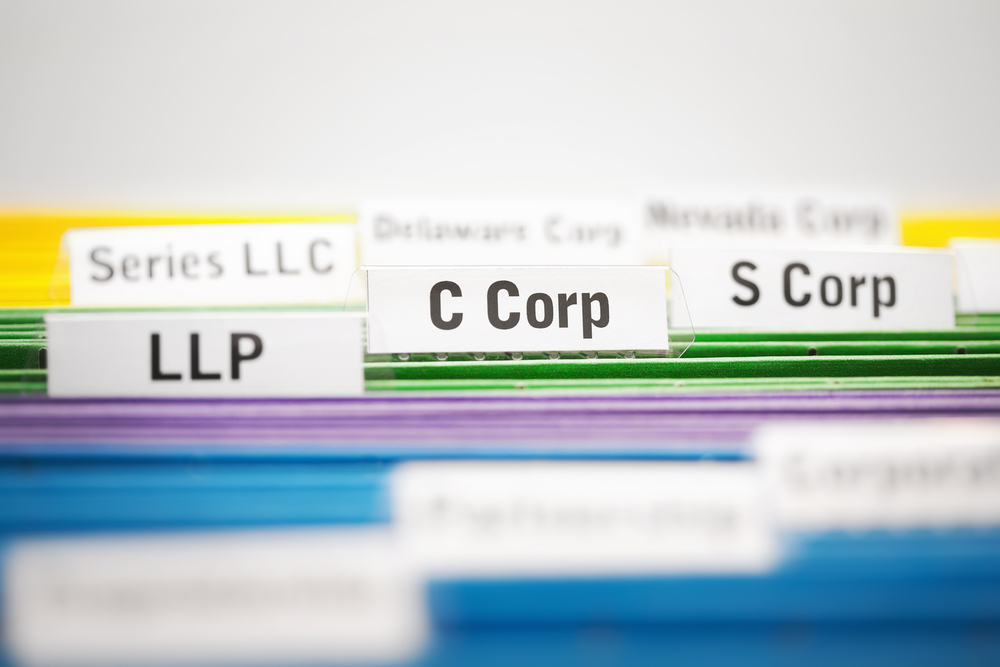Tax issues to assess when converting from a C corporation to an S corporation

In the correct situations, operating as an S company may assist small firms in lowering federal employment taxes. However, before deciding to move, you should consider specific potentially expensive tax difficulties even though S firms may offer tax advantages over C corporations. The following is a quick breakdown of the most crucial factors to take into account while switching from a C corporation to an S corporation.
Built-in gains tax
Although S corporations are typically exempt from taxes, those that were once C corporations are subject to taxes on built-in gains (such as appreciated property) if such gains are realized within five years after the corporation’s conversion to an S corporation. Although there are some circumstances where the S option can still result in a better tax outcome despite the built-in gains tax, this is generally unfavorable.
Passive income
Suppose an S corporation that was once a C corporation has accumulated revenues and profits from its C corporation years. Then, its passive investment income (dividends, interest, rents, royalties, and stock sale gains) reaches 25% of its gross receipts. In that case, they will be liable for a special tax. The corporation’s decision to be an S corporation expires if that tax is unpaid for three consecutive years. You can avoid paying the tax by sharing the accumulated profits and earnings—which would otherwise be taxable to shareholders. Alternately, you can prefer to reduce your passive income to avoid paying the tax.
LIFO inventories
Now, suppose C corporations that use LIFO inventories convert to S corporations. In that case, they must pay tax on the benefits they received from employing LIFO. Four years are available to spread out the tax. You must compare the possible tax gains from changing to S status to that expense.
Unused losses
If your C corporation has unused net operating losses, they cannot be passed through to shareholders or utilized to offset its income as an S corporation. If you cannot roll back the losses to a prior C corporation year, you must weigh the cost of giving up the losses against the anticipated tax savings from changing to S status.
Switching from a C corporation to an S corporation
When changing from C to S status, there are additional elements to consider. For example, the complete set of tax-free fringe benefits offered to C corporation shareholder-employees is not available to S corporation shareholder-employees. Additionally, shareholders who still owe money on eligible plan loans may experience difficulties. Therefore, you must evaluate all of these elements to fully comprehend the impact of changing from C to S status.
There are methods for decreasing or eliminating some of these tax issues and avoiding unnecessary risks. However, a lot depends on the specific conditions of your firm. Contact our RRBB accountants and advisors to discuss the impact of these and other potential issues and possible solutions.
© 2022
RRBB eNEWSLETTER
Get free tax planning and financial advice




